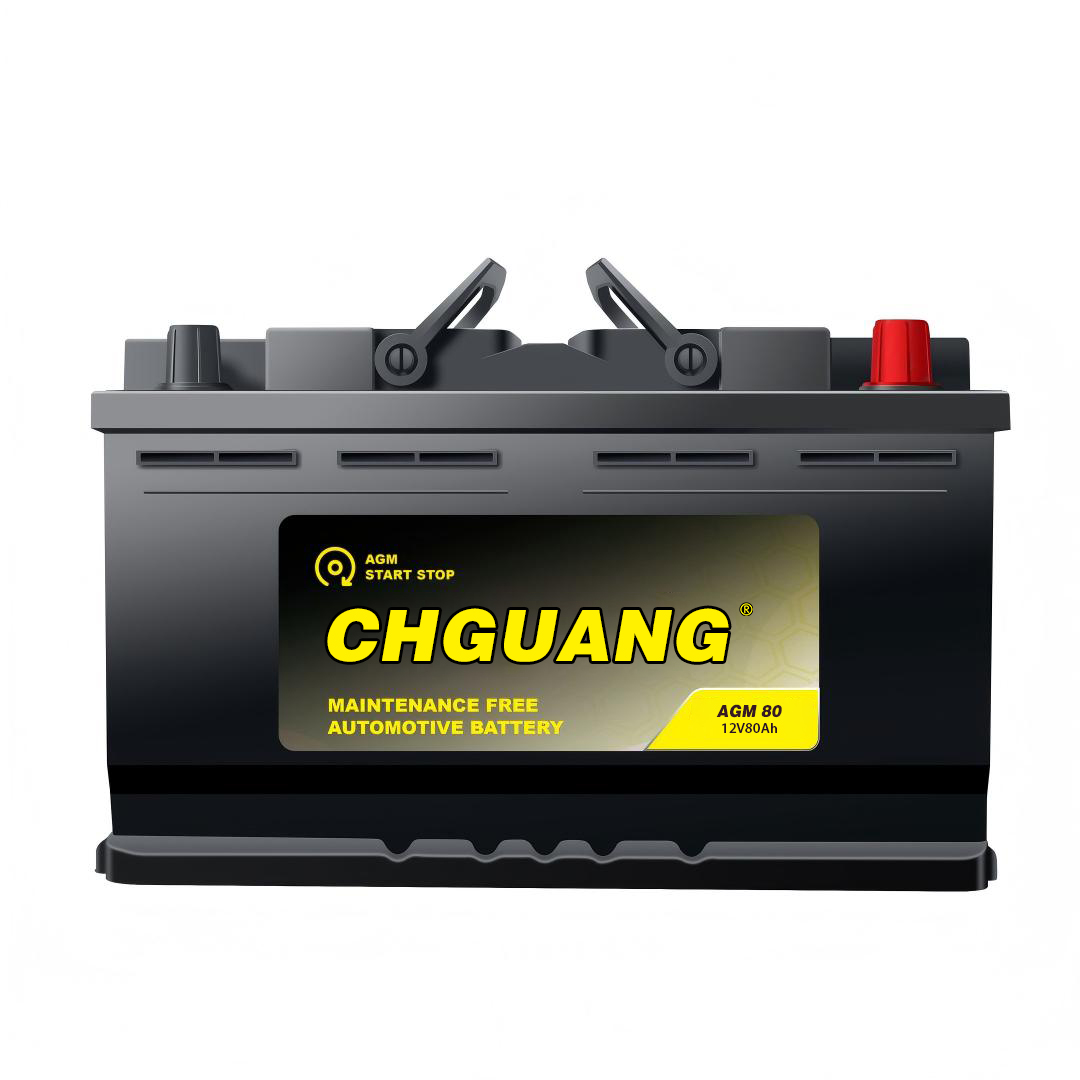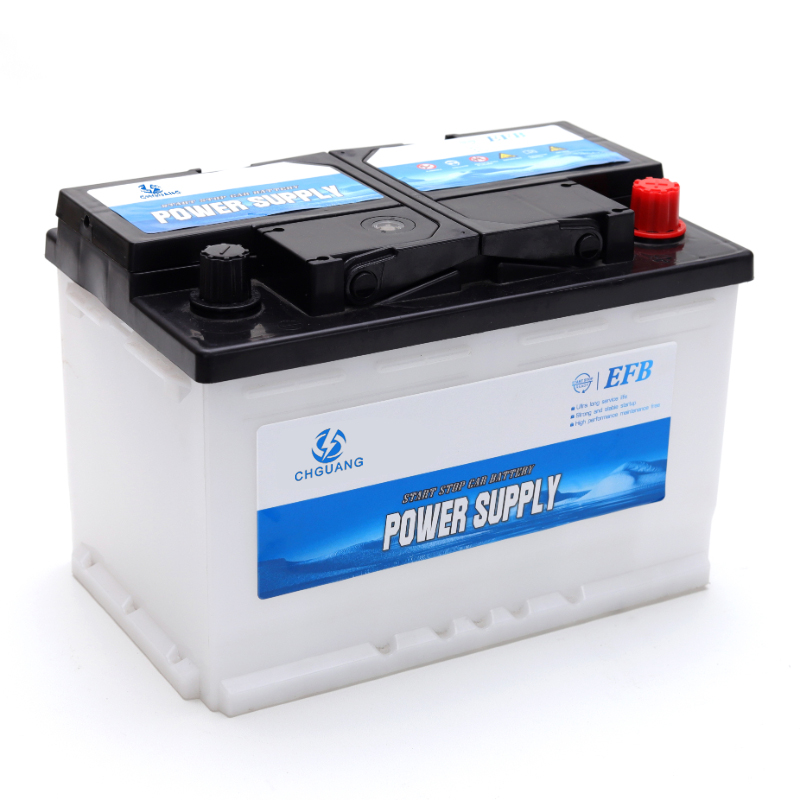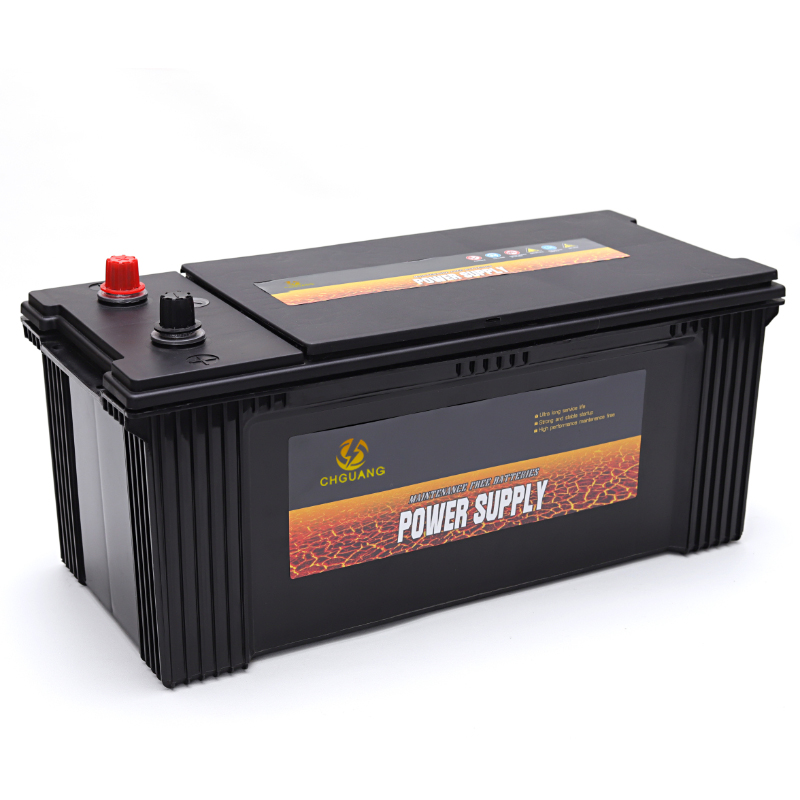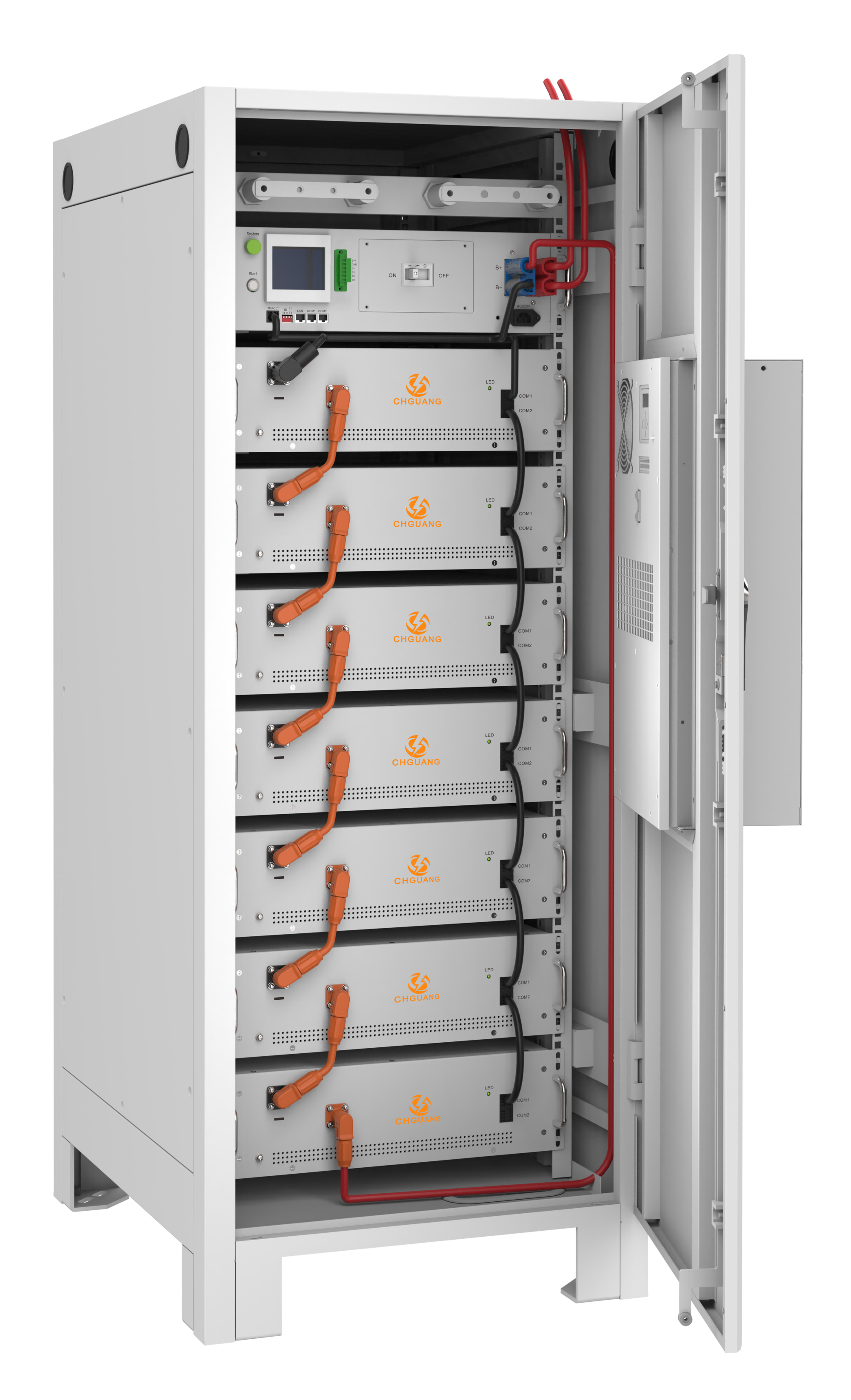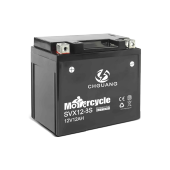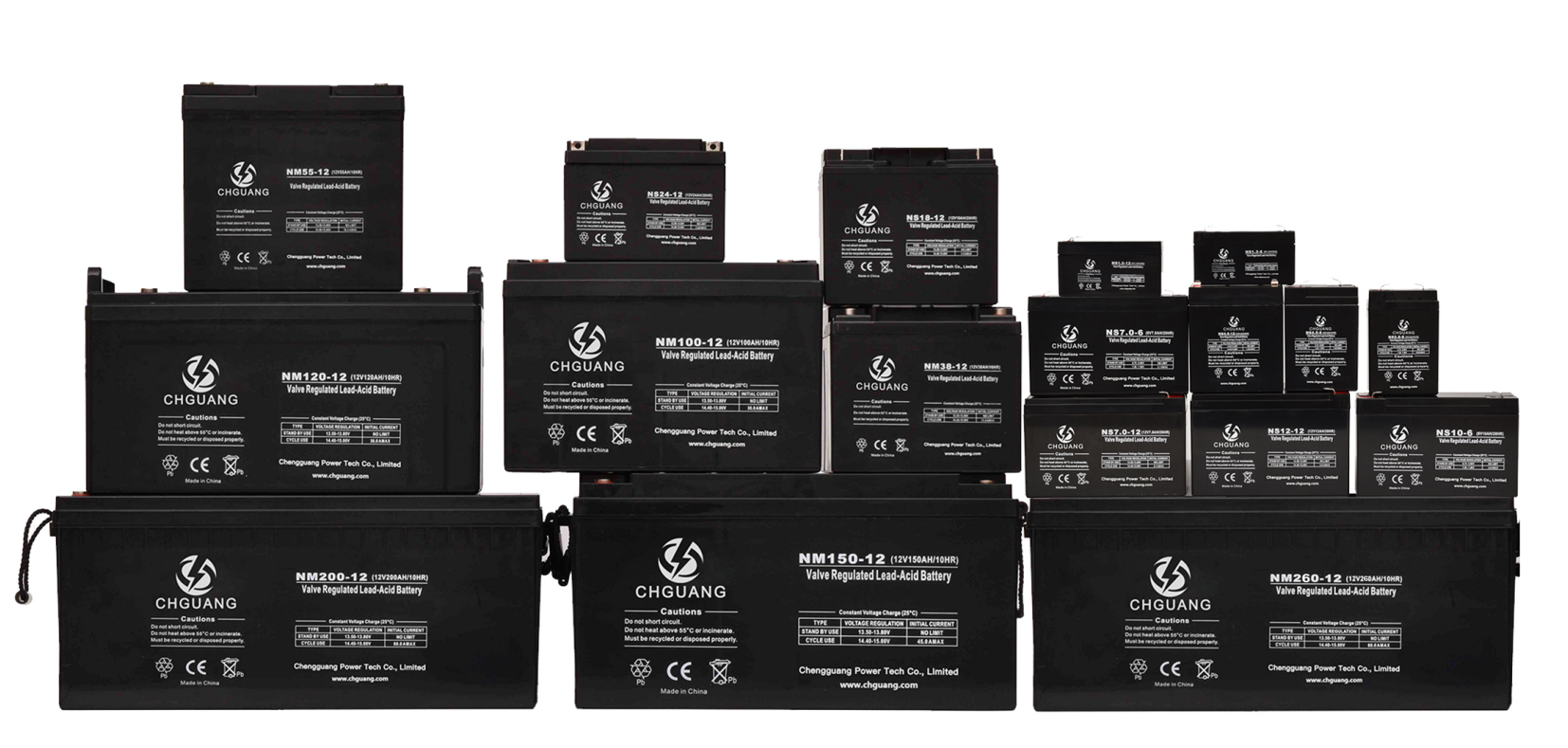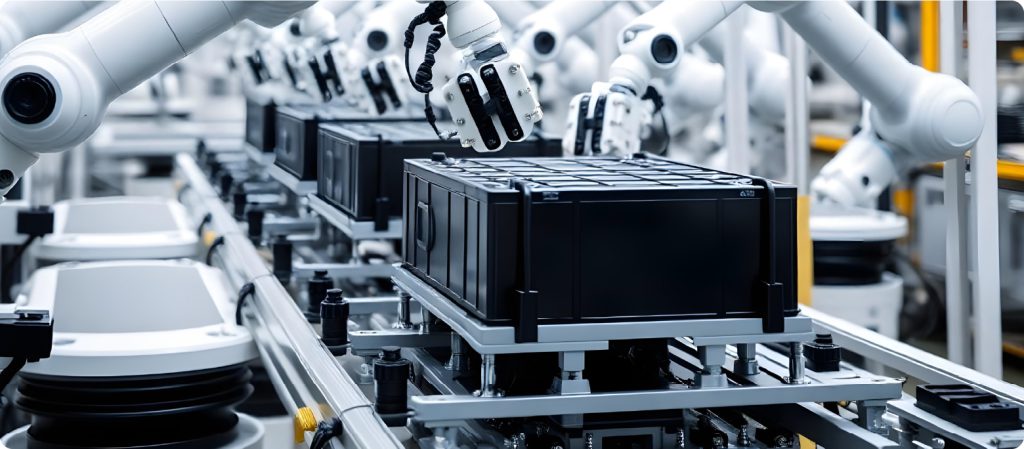Browse by Product Category
Browse by Topic
Frequently Asked Questions
- AGM Battery
- EFB Battery
- Heavy Duty Battery
- Lithium-ion Battery Solution
- Motorcycle Battery
- SLI Battery
- VRLA Battery
-
Differences of EFB batteries and AGM batteries
EFB batteries – for compact and mid-range cars with start-stop
EFB batteries are a further development of conventional lead-acid batteries. The material on the surface of the positive plate guarantees that the EFB has a longer service life.
EFB batteries have a low internal resistance and are characterized by twice the number of charging cycles in comparison with conventional starter batteries, as well as a high load capacity.
EFB batteries are suitable for the power supply of cars:
with simple automatic start-stop systems
without start-stop, but with demanding driving requirements (e.g. in urban traffic),
without start-stop, but with extensive equipment.
If the vehicle is originally supplied with an EFB battery, an EFB battery can also be used as a replacement. If the car owner requires even greater performance or have a very demanding driving profile with a lot of urban traffic, a powerful AGM battery can be selected.
AGM batteries, for upper mid-range cars, SUVs and premium cars
Maintenance-free and leakproof AGM batteries (“AGM” stands for “Absorbent Glass Mat”, because the electrolyte is bound in an absorbent glass fleece) are powerful batteries for automatic start-stop systems and have very good cold start characteristics. Thanks to the cycle stability of an AGM battery, a warm engine can be switched off and started again several times at short intervals, without the risk of difficulties when restarting. They also provide sufficient reserves to continue to supply electrical consumers during the frequent stops and still guarantee reliable starting.
An AGM battery is the ideal energy storage unit
for vehicles with automatic start-stop systems and recovery of braking energy (recuperation),
For cars with premium equipment and sophisticated accessories.
-
Main causes of car battery failure
Battery failure has two main causes: wear and tear and the ageing process. Wear and tear is easy to understand when looking at car tyres: the more you drive and the harder your driving style is, the faster the wear and tear. This is similar with the battery: The more often and the deeper car batteries are discharged, and the more electric consumers drain the battery, the higher the wear and tear. Also, if you only use your car rarely or mostly for short distances, the alternator cannot fully charge the battery, while electrical consumers continue to discharge it.
This can be countered with the right battery technology. For example, if you have a vehicle with start-stop function, an AGM or EFB technology is definitely required. A conventional SLI (Starter, Lights, Ignition) battery is not designed for these applications and therefore wear out quite quickly.
The power of an AGM battery can also benefit cars without a start-stop system: AGM technology offers higher power reserves, from which conventional vehicles without start-stop benefit in the form of longer battery life. An AGM battery can also cope with extreme outside temperatures whereas a conventional starter battery reacts to extreme cold and heat with a rapid drop in capacity and discharges more quickly. This was shown in a field study in Dubai, where vehicles with a start-stop system and equipped with conventional batteries all failed after 5 to 6 months while a comparison fleet equipped with AGM batteries remained mobile until the end of the test after 12 months.
It is not possible to make blanket statements about service life and the ageing process, as service life depends on factors such as battery type, ambient temperature, number of cycles, depth of discharge or frequency of use. Nevertheless, wear and tear ultimately affects the ageing process and thus the service life of the battery.
-
What should we consider when buying a car battery
TWith the wide range of starter batteries with various technologies and power classes, the choice is often difficult.
For reliable engine cranks a sufficient CCA performance is crucial. For a long service life and best peace of mind, the battery technology (AGM, EFB, SLI) must match with the vehicle's energy demands. For energy demanding applications, especially for hoteling functions in Long-haul trucks or Caravans the capacity in combination with the recommended Depth-of-Discharge is crucial.
-
How to extend your car battery lifespan
Extending your battery's lifespan involves a few key practices:
Disconnect cables: Always disconnect the negative terminal first to prevent short circuits, then disconnect the positive terminal.
Check battery's state: For non-maintenance-free lead-acid batteries, visit a professional. For maintenance-free batteries, clean vent pipes and avoid checking electrolyte levels.
Start charging: Keep the battery upright if removing from the car. Turn off electrical consumers before connecting the charger. Connect the red cable to positive terminal first, then the black cable to negative terminal.
Stop charging: Switch off charger when fully charged. Disconnect cables starting with the red cable from positive terminal, then the black cable from negative terminal.
-
How to keep your car battery in good condition
A battery check in the course of the normal service is advisable. This enables poor performance and damage to be detected at an early stage. The reliability and useful life of a battery can be increased by regularly charging the battery with a charger during the winter.
Important: Deep discharge must be avoided, as should moisture and dirt, which can cause leakage currents, which can result in gradual discharge of the battery
-
How to jump start your car
A dead battery can often be revived with a jump start.
To jump start a car with a discharged battery, in addition to an assisting vehicle with a working battery
1.Preparation
Both vehicles must be parked on level ground and secured. The assisting and the broken down vehicle must not touch, as otherwise there is a risk of a short circuit. The engines of both vehicles must be switched off.
2.Connecting the jump start cable
The jump start cable must only be held by the insulated plastic handles.
First the clamp of the red cable is connected to the positive terminal of the assisting vehicle. The other end of the red cable is connected to the positive terminal of the broken down vehicle. Then the black clamp is connected to the negative terminal of the assisting battery.
3.Starting the vehicle and disconnecting the jumper cable
First start the engine of the assisting vehicle and then the engine of the broken down vehicle. If starting is successful, an electrical consumer such as the headlights or the rear window heater should be switched on in the broken down vehicle. Removal of the cable clamps is carried out in the reverse sequence. A long journey is recommended in order to quickly recharge the battery. An alternative is to connect the battery to a charger.
4.Jump starting fails – now what?
If the car does not start, or stalls immediately, you should wait for about a minute before the next jump start attempt. If jump starting is still not successful, the cause is often a damaged or unsuitable jumper cable. In this case, an attempt with a suitable or intact jumper cable is a possible solution.
5.Start boosters as an alternative
A good alternative to conventional jumper cables is the use of a start booster. Start boosters are portable lithium-ion batteries with an integrated jumper cable. Connection of the cable clamps is identical to the connection of a jumper cable. Important: Even a start booster quickly looses capacity at winter temperatures, so the start booster should not be kept in the car at sub-zero temperatures.

